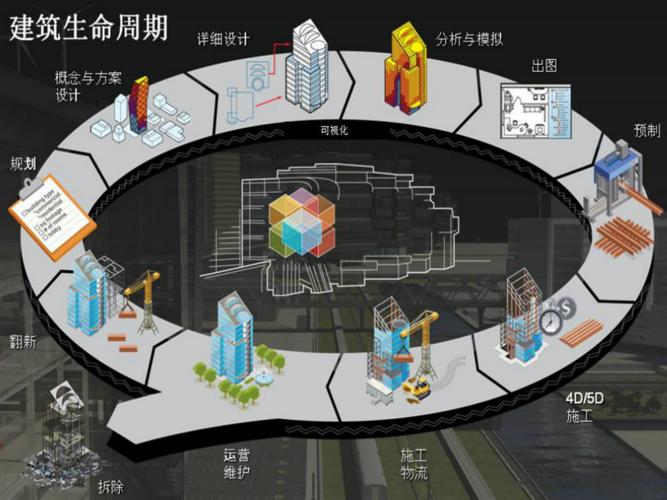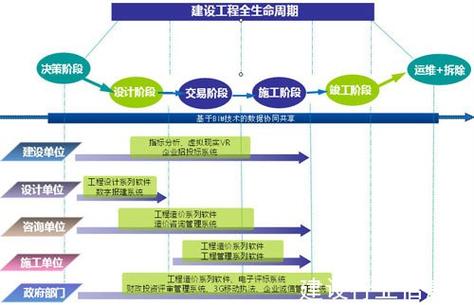BIM模型的关键作用:实现全生命周期的BIM管理
Building Information Modeling (BIM) is a revolutionary approach to construction project management that has transformed the entire industry. BIM refers to the digital representation of a building, incorporating all its physical and functional characteristics. The key advantage of BIM is its ability to manage the entire lifecycle of a building, from conception to demolition, in a highly efficient and effective manner.

One of the key roles of a BIM model is to centralize information and streamline communication among all project stakeholders. Traditionally, information was scattered across various sources, causing delays and errors in decision-making. With BIM, all relevant data is stored in a single, integrated model, accessible to everyone involved. This ensures that everyone is working with the same information, reducing the chances of miscommunication and rework.
Another crucial role of a BIM model is its ability to optimize the design process. By simulating different design options, architects and engineers can assess their impact on various parameters, such as energy efficiency and structural integrity. This allows for better-informed design decisions, resulting in improved performance and reduced costs. Additionally, BIM enables clash detection, identifying potential conflicts between different building systems and disciplines. Early detection and resolution of clashes minimize construction delays and costly rework.
During the construction phase, BIM allows for better coordination and collaboration among contractors and subcontractors. The model provides a visual representation of the project, making it easier to understand and plan the construction sequence. This improves time management and resource allocation, leading to faster and more efficient construction. BIM also facilitates progress tracking and quality control, allowing for immediate feedback and corrective actions.
Once the building is completed, BIM continues to play a vital role in facility management. The model becomes a valuable tool for asset management, providing accurate and up-to-date information about the building's components and systems. This ensures that maintenance and repairs are conducted in a timely manner, maximizing the building's lifespan and minimizing operational disruptions. BIM also supports space management, helping facility managers optimize space utilization and plan for future renovations or expansions.

In conclusion, the key role of a BIM model is to enable comprehensive and efficient management of a building's entire lifecycle. From design to construction and facility management, BIM enhances collaboration, improves decision-making, and reduces costs. By centralizing information and providing visual representation, BIM empowers project stakeholders to make informed choices and deliver successful projects.
BIM技术是未来的趋势,学习、了解掌握更多BIM前言技术是大势所趋,欢迎更多BIMer加入BIM中文网大家庭(http://www.wanbim.com),一起共同探讨学习BIM技术,了解BIM应用!
相关培训